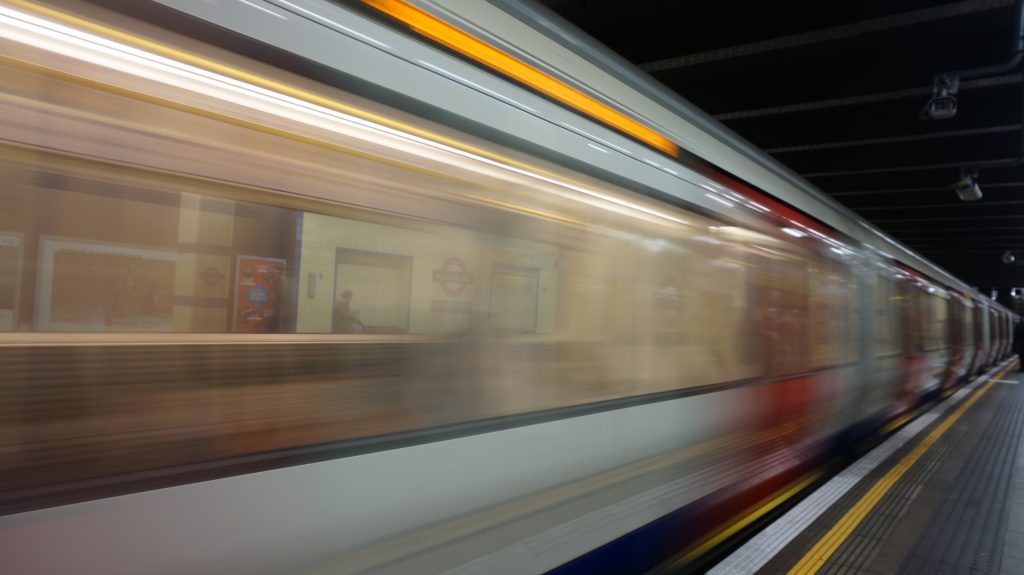Death is lurking, and able to strike trepidation into the hearts of the most sanguine of us wherever and however we live. Istanbul is no exception, with the specter of death lurking behind every careening dolmuş and each raging hangover. We scrutinize each apartment we enter, examining every architectural defect as we speculate exactly how we will be crushed to death when ‘that inevitable whopper’ of an earthquake strikes. I have yet to meet an actual passenger of the new Istanbul metro line that runs under the Bosporus but I have met plenty of “experts” who have explained in detail how seismic tremors would collapse the tunnel and any unfortunate passengers under millions of tons of cold, black sea water. As “shadow organizations” and interest groups turn us into their hapless pawns and tectonic plates grind against each other beneath our feet, we have every reason to be paranoid.

And to this list we add another grim reminder of our imminent demise: the hilariously dark cautionary video that is shown throughout the Istanbul Metro system. It’s prominent positioning for a number of years means that a significant percentage of Istanbul’s 175 million annual riders have watched this video, making it one of the most recognizable pieces of modern Turkish cinematography! Yet it receives remarkably little attention.
Not content with quickly terminating the unfortunate stiff featured in the film as he foolishly attempts to retrieve his phone from the track, the artists behind this video slow down the action to capture each harrowing moment. Upon contact with the tracks, our unfortunate sap is stunned by the electricity, as is his accomplice. As the current shoots through their bodies, their teeth grit together and their bodies snap to rigid attention, the current is so strong that their bones glow. Next, a high speed metro careens into the station, presumably crushing these two unfortunate schmucks, but the animators mercifully freeze the action right before impact and insert a warning instead.
You can unclench, the worst is over, but the message is very effective. What makes the short animation so engaging is how cartoonish yet unflinching the representation is. It also effectively allows the municipality to convey the danger posed by oncoming trains in a way that won’t traumatize passengers (too much). Moreover, the cautionary tale is a modern adaptation of a rich and storied tradition of socializing children with grim tales of warning; “shock and awe” in the nursery if you will.
The gory origins of the western cannon of nursery rhymes and fairy tales are well known. Our empathy for Hansel and Gretel overrides the fact that they incinerated an old lady. We choose between infanticide and elder abuse/murder in favor of the latter. These stories condition us for a future when we will be required to make relative value judgments at the expense of others. But the metro cartoon sends a more focused message: “watch out or you will die a horrible death” with a less pronounced, “save yourself first”.
Messages like these keep us from sticking forks into electrical sockets. When I was 7, one of the upperclassmen told me that if I played with stray dogs, I would get rabies, and that the elementary school principle would tie me down onto a board and inject the antidote into my butt with a massive needle every day for a month (he held his hands apart to show me just how long the needle would be). I never played with strays from then on, and have yet to die of rabies, so presumably these tactics work. Thanks for saving my life Peter Winter, wherever you are!
When we realize that hundreds of hours of our childhoods were spent being entertained by tales of murder, infanticide, rape, cannibalism and incest it explains our infatuation with shows like “Game of Thrones” as well as the effectiveness of the Istanbul Metro’s warning. I have yet to hear of a passenger being run over by the subway here.
The Germans excelled in this art as well, with one illustrated series, “Struwwelpeter” (pronounced “strooble-payter”) traumatizing generations of children around the world. Struwwelpeter exposed children to a grim Calvinist worldview where childish deviance inevitably led to horrible and painful disfigurement, amputation and death. Each cautionary tale was illustrated in graphic detail and body parts flew and mischievous children were reduced to ashes. If Weber was right about a “protestant ethic” the author and illustrator of these tales, Heinrich Hoffman, certainly had a hand in its creation or propagation. Even more worrisome is the fact that Hoffman wrote the books for his three year old son, who likely went on to torture small animals and dabble in fascism.
Turkish children’s literature is only marginally less callous in its treatment of childhood innocence. In one story told to children, a murderous wolf is finally trapped in a pit by the other woodland creatures. The trapped wolf pleads for mercy but the passing animals ignore its pleas, knowing full well that leniency would only lead to a continuation of the wolf’s reign of terror. This continues until a donkey is swayed by the wolf’s appeals. The ass reaches down to the trapped wolf whereupon the wolf pulls it into the pit, kills and consumes the beast and uses its bones to build a ladder and resumes the slaughter. The message is unflinchingly realist and necessarily steels children for Turkey’s competitive education and job market, but the more one focuses on the details the more morbid the story becomes. Wolves will always be what they are, and actions have very real consequences. This includes irresponsible behavior on the metro platform.
So next time you find yourself on the M2 as it plies between Sarıyer and Taksim, take a moment to appreciate the homage to a bizarre and underappreciated branch of artistic expression. And when your phone flips from your hands, do not crawl onto the tracks to retrieve it.







